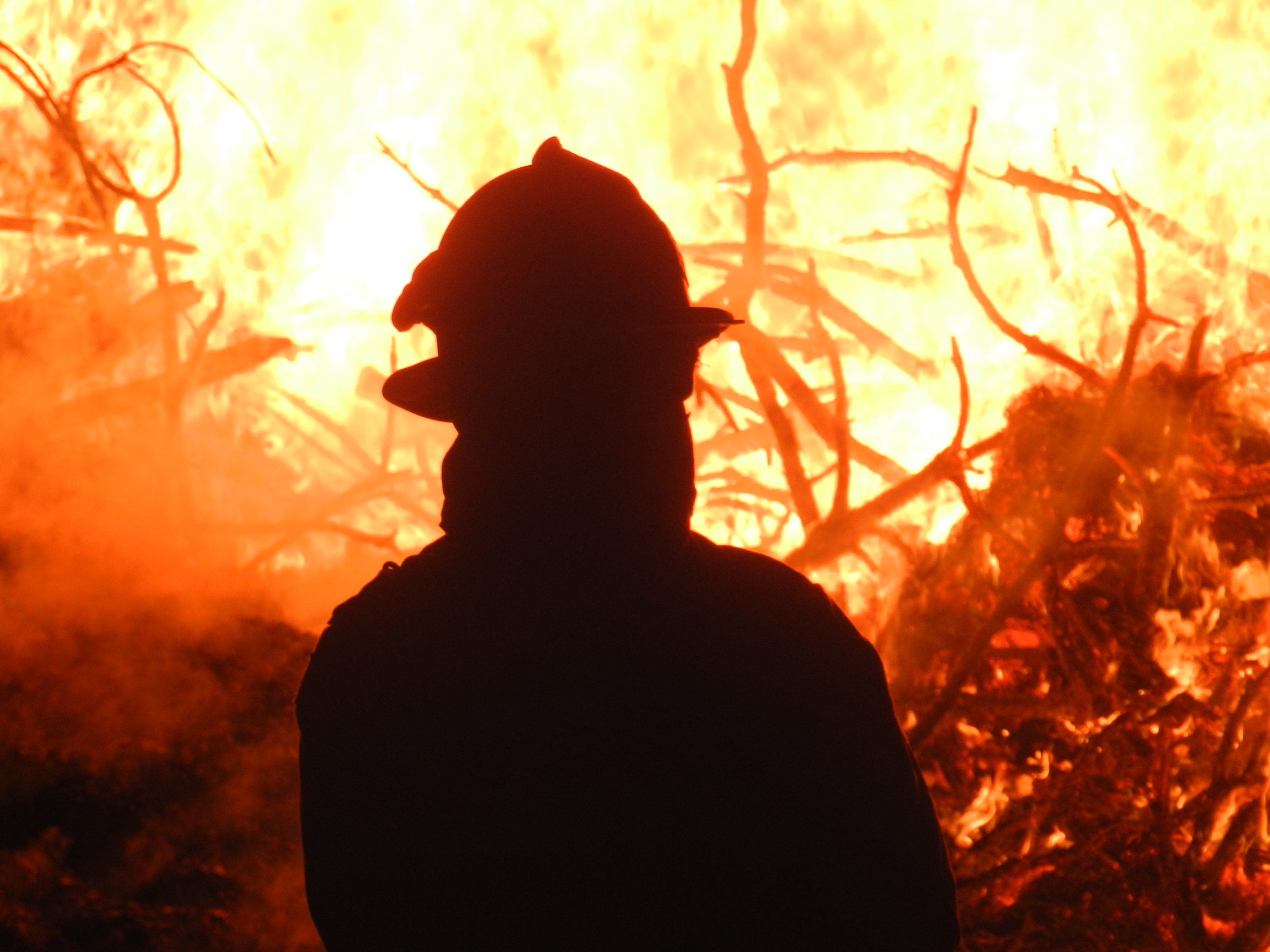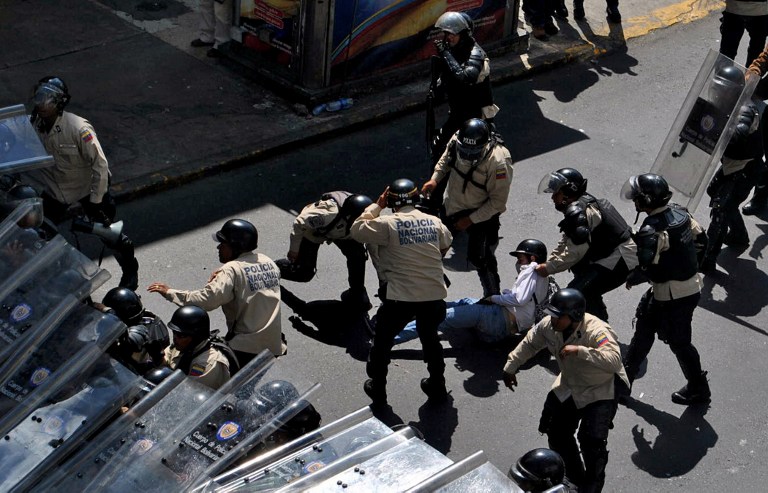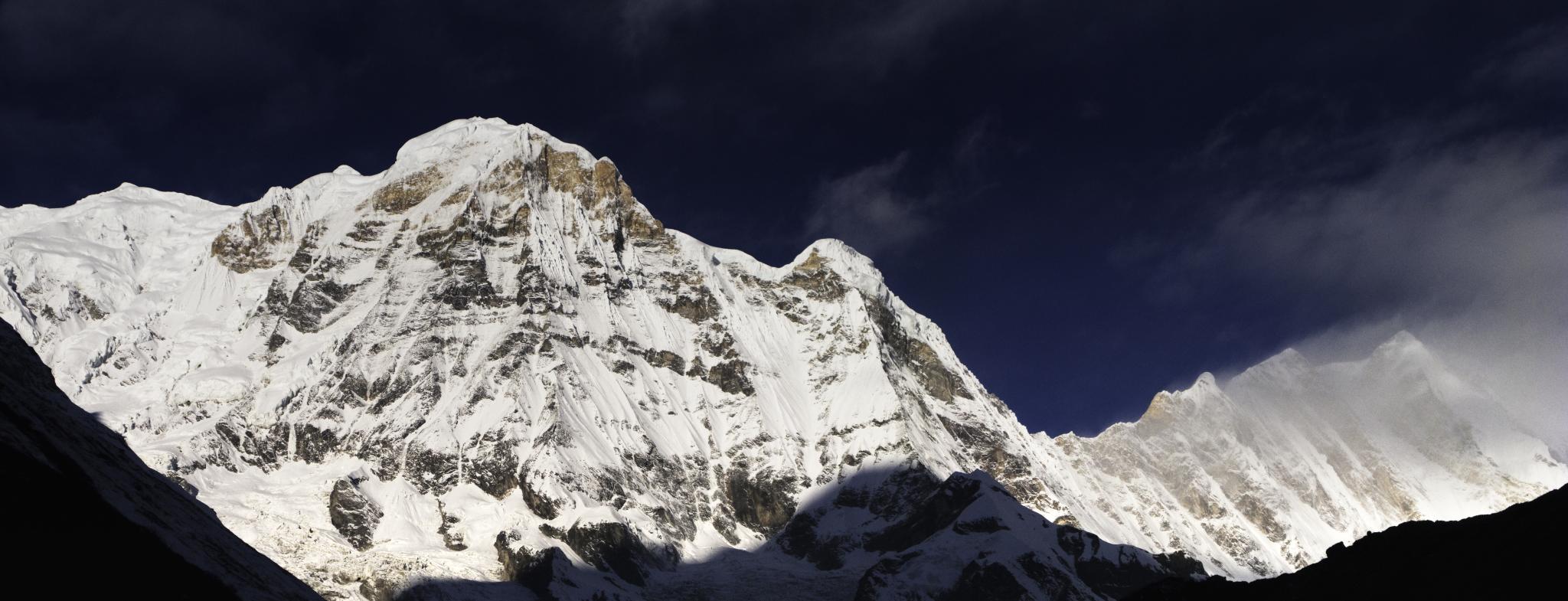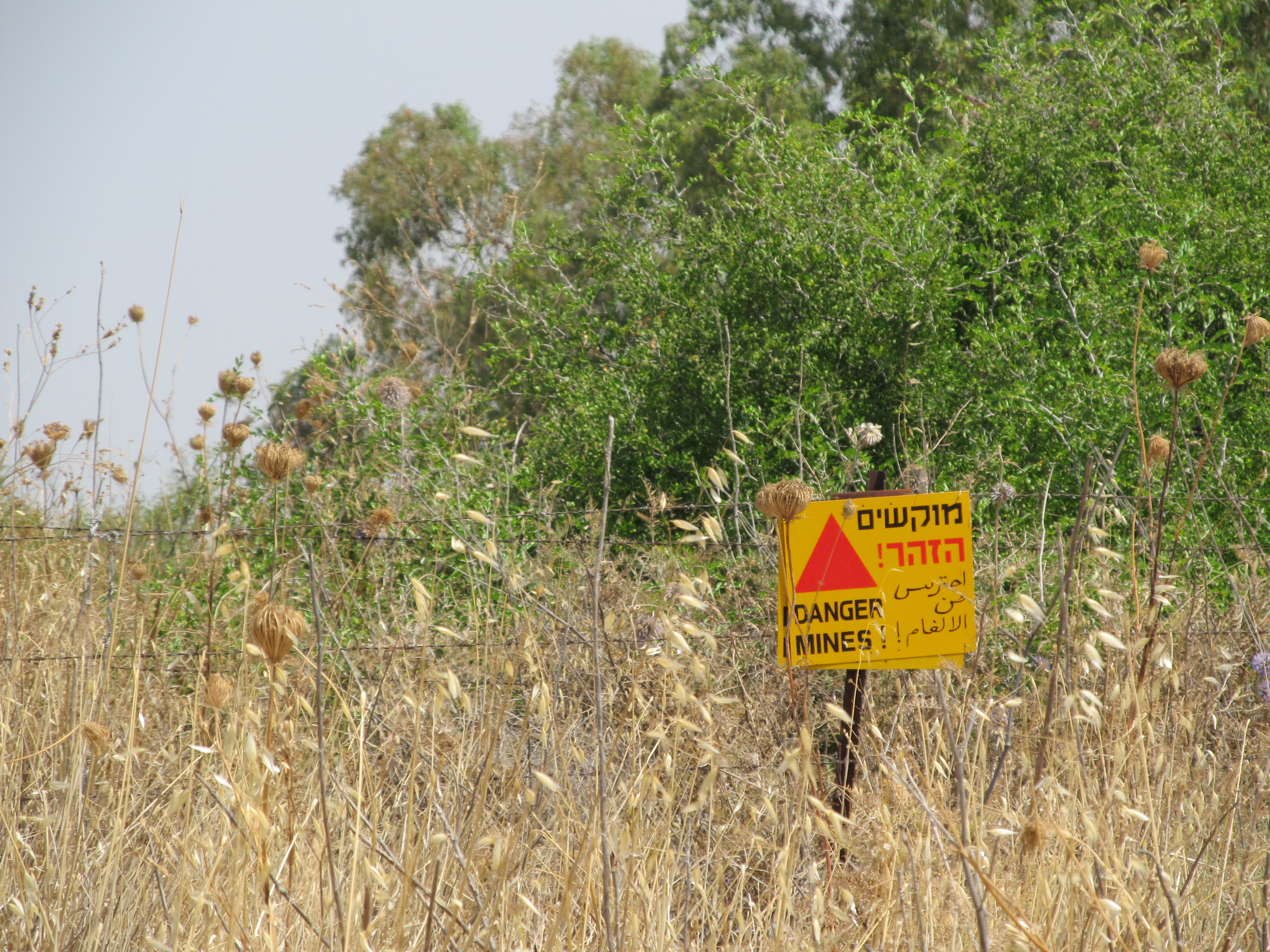Insight
Published and updated
Most Challenging Work Environments in the World: Part 2
In part one, we looked at five of the most challenging work environments, including underground, in space, on the ocean, on the farm and in prison. While “most challenging” is often a matter of perspective, we found five more work environments that are challenging no matter how you look at them.
Roads
To paraphrase HBO’s Game of Thrones: The road is dangerous and full of terrors, especially when you work there. Whether you build it, repair it or just drive on it, there is never a safe moment to lose your concentration. Inclement weather, inattentive and intoxicated drivers, mechanical failures and poor road conditions make a “road office” a daily fight for survival.
Of the hundreds of thousands of truck drivers, bus drivers, taxi drivers and other motor vehicle operators who use U.S. roads as their office, 979 died in the line of duty in 2014. In work zones flaggers, construction workers and truck-mounted attenuator (TMA) drivers face the most dangers.
The Karakoram Highway was the deadliest road to construct and is one of the most challenging to drive. Passing through Pakistan and China over the Karakoram mountain range, approximately 1,300 people died while building it.
But the most challenging road for driving may be the Bayburt D915 Road in Turkey. It’s 66 miles of white-knuckle terror built by Russian soldiers in 1916 linking the northeastern Turkey city of Bayburt with the town of Of. The most infamous section of the road is the Derabasi Turns: a set of 13 hairpins that cover more than a thousand feet of elevation in less than 3.2 miles.
Fires

Besides space, there may be no more unforgiving work environment than fire. Humans can’t survive it. We can only fight it, and hundreds of thousands of men and women around the world do just that.
However, the flames and their searing heat are only some of the dangers firefighters face. Building collapses, fallen trees, vehicle accidents, smoke and carbon monoxide are just a few of the hazards that team up with fire to create a challenging work environment.
Firefighters confront different risks depending on the fire’s location. Wildland firefighters and Hotshot crews have to address topography, temperature, humidity, wind speed and wind direction. Even if they’ve taken all of these into consideration when going into battle and created escape routes and safety plans, sometimes a fire is too powerful. When fire overruns a firefighter it’s called a burnover. The deadliest burnover tragedy to date occurred in the Great Fire of 1910. Fire overtook and killed 78 firefighters near Coeur d’Alene, Idaho.
Urban firefighters face building collapses, traffic, entrapment and extreme heights in addition to wind speed and wind direction. High-rise fires are some of the most challenging to fight. One key problem that firefighters face in a high rise that they don’t face in most wildland fires is people. Thousands of people can live or work in skyscrapers, so safety evacuation en masse further complicates the battle. No matter how beautiful the building, they’re all ash and rubble after a fire. Unfortunately, the greatest loss of firefighters’ lives in history occurred in a high-rise battle: 343 firefighters perished in the World Trade Center on September 11, 2001.
Conflict Zones

Police and military personnel work in some of the most challenging environments. Whether it’s a high-crime neighborhood, the Syrian desert, a disturbance call or the mountain caves of Afghanistan, the prospect of violence is never far away. Inserting themselves into conflict is part of the job. Of the 50,212 U.S. police officers assaulted in 2015, 32.4 percent of them were assaulted while responding to disturbance calls.
Working in conflict takes a toll on the body and the mind. For police, studies have shown an increase in depression and suicidal thoughts as well as greater risk of cardiovascular disease. For soldiers, the trauma of combat can lead to combat stress reaction, acute stress disorder and post-traumatic stress disorder, which has been found to increase the risk of hypertension, obesity and coronary heart disease.
No one knows this better than special operations personnel, pararescue jumpers and explosive ordnance disposal technicians, three of the most dangerous assignments in the U.S. military.
In terms of qualifying the most challenging conflicts, at the time of this writing the deadliest conflicts in the world are in Syria for military combatants and in Caracas, Venezuela, for police. Since the beginning of the Syrian civil war in 2011, 45,000 rebels and 95,000 regime forces have been killed. Caracas is considered the most violent city in the world, with 119.87 homicides per 100,000 residents. In 2015, 112 police officers were killed in Caracas.
Mountains

Frostbite. Avalanche. Crevasse. Altitude sickness. Death zone (above 8,000 meters/26,247 feet). Whiny guests. All in a day’s work in the challenging environment of a mountain climbing guide.
A case can be made that many guides base their careers on a love of adventure, nature or freedom from the shackles of an office. That doesn’t change the fact that guides have to constantly assess risk, care for clients and advise on life and death decisions.
Many of the most challenging mountainous work environments are not even close to being the tallest peaks. For example, Baintha Brakk (aka, The Ogre) in Pakistan’s Karakoram mountain range is only 23,901 feet high. However, it’s so difficult to climb that 24 years passed between the first summit (1977) and the second (2001).
At only 15,780 feet, France’s Mont Blanc is still the tallest peak in Europe. It’s also one of the deadliest mountains to climb. Not because of its difficulty but because of its ease of access. Many of the 20,000 people who attempt to summit every year are inexperienced but take the risk because guiding there is big business and they can take a gondola all the way up to the 9,000-foot level.
But they don’t call it the death zone for nothing. The world’s tallest mountain, Mt. Everest, attracts larger crowds every year. Four hundred people summited Everest in 2012. With more climbers comes the greater likelihood of disaster. In 2014, 16 Sherpas were killed in a single avalanche.
K2, the highest peak in the Karakoram range on the China-Pakistan border, is the world’s second tallest mountain. As if elevation far into the death zone weren’t enough (8,611 meters/28,251 feet), it’s also considered a highly technical climb. There are no flat spots on the way up, which is why about one person dies on the mountain for every four who summit.
However, the deadliest mountain in the world is Annapurna in Nepal. Its highest point is 8,091 meters/26,545 feet. It was the first 8,000-meter peak ever summited in 1950. Since then, it has amassed a death rate of 35 percent. As of 2012, only 191 climbers have made it to the summit.
Minefields

In active and dormant conflicts, landmines turn one wrong step into exploding fountains of earth that injure, maim and kill. Even more horrifying, 38 percent of landmine fatalities are children. Despite a ban on using landmines in warfare, some armed groups continue to create minefields to protect drugs or territory, or to confine civilians to a certain area. In 2015, landmines killed 1,310 people in Afghanistan.
Landmine removal (or ‘demining’) is usually overseen by civilian organizations such as The Halo Trust. These groups train people from local communities to disarm the devices. Manual methods of mine clearance involve metal detectors and prodders to locate the mines, which are then destroyed by controlled explosion. Sometimes mine-detecting dogs assist manual operations. Even with the increase in mechanical mine clearance with demining machines, one deminer is killed and two are injured for every 5,000 mines cleared. This statistic is particularly frightening when you consider that Egypt alone has an estimated 23 million landmines dating back to the beginning of World War II.
Between 1999 and 2015, more than 1,600 deminers were killed in the line of duty.
A Word on Stress
All 10 of the most challenging work environments discussed in this two-part series have their unique tests and rewards. One thing common to all challenging work environments is an increase in stress levels. Stress is the silent killer that takes the form of cardiovascular disease, musculoskeletal disorders and depression. No matter how many times you make the right call on those life and death decisions, the stress of doing so will eventually catch up to you. So whether your work environment is objectively extreme or not, don’t let the job stress take away from the enjoyment of the challenge.
And if you’re driving or climbing in the Karakoram range, be careful.